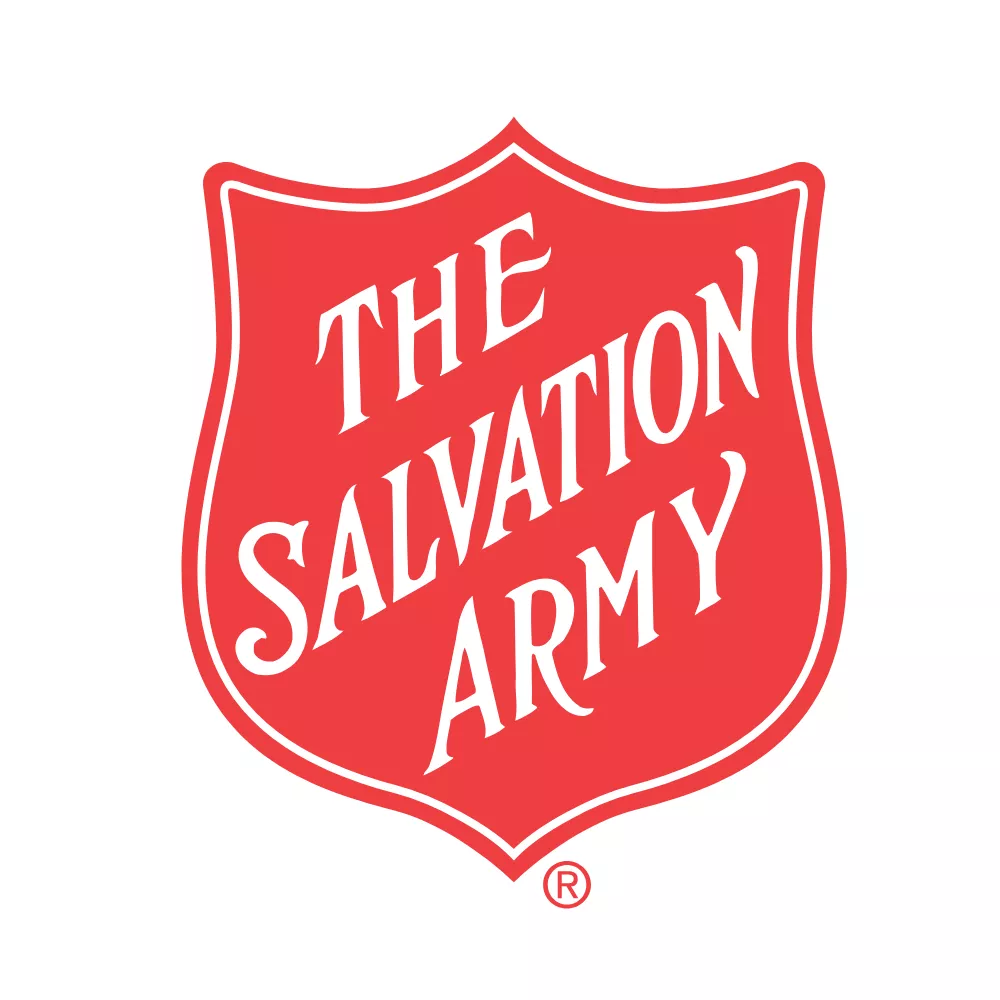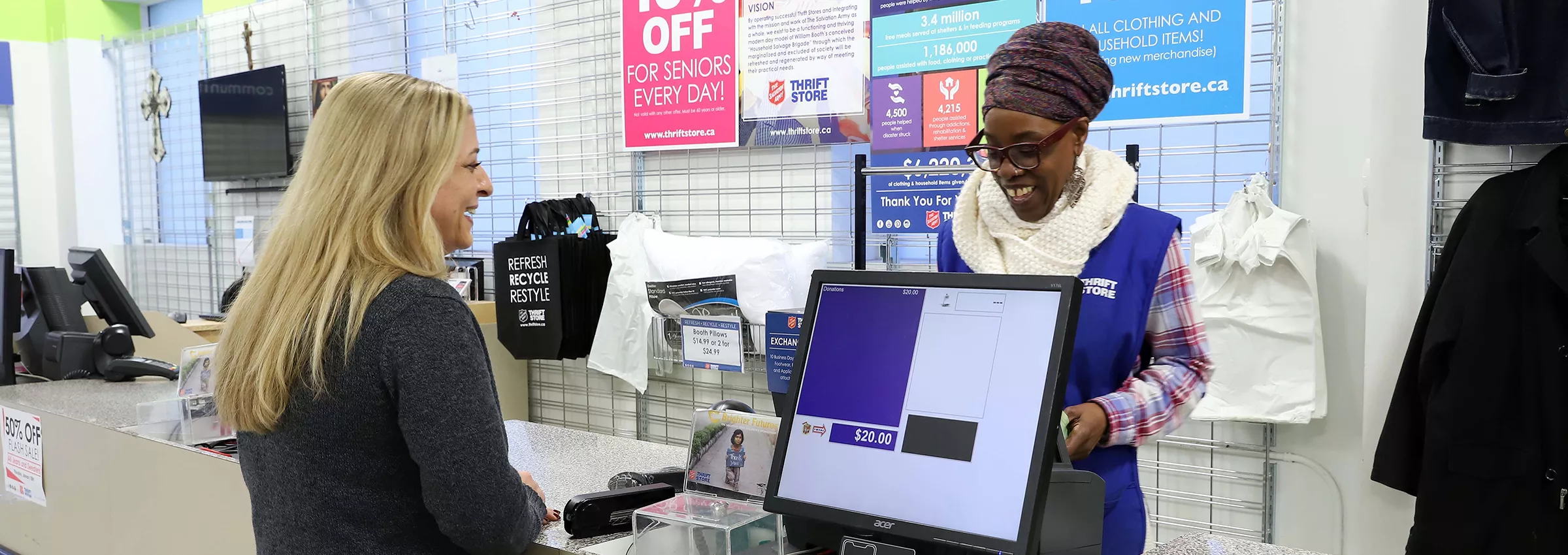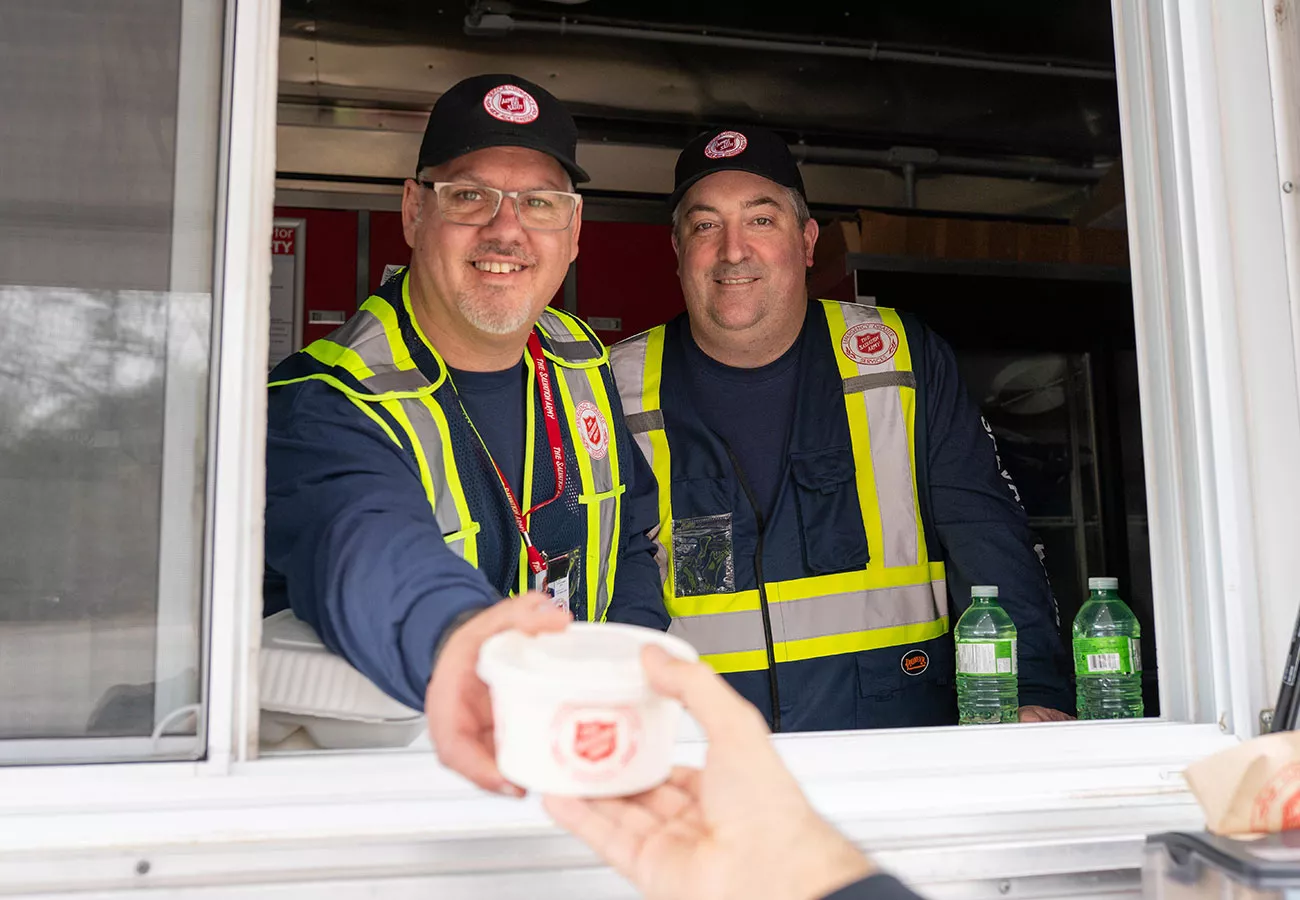
Turning data and process into frontline empowerment

At a glance
Through a robust CRM platform, enterprise data warehouse, data visualization, and more, Slalom helped The Salvation Army deliver better experiences across hundreds of communities in Canada.
Impact
With a stronger hold on its data, The Salvation Army has increased fundraising revenue, enhanced frontline productivity, and built personalized user experiences for volunteers, congregants, donors, and clients.
Key Services
Industry
Nonprofit & philanthropy
Key Technologies / Platforms
- Salesforce Nonprofit Success Pack
- Salesforce Experience Cloud
- Salesforce Marketing Cloud
- MuleSoft
- Snowflake
- Matillion ETL
- Tableau
As the largest nongovernmental direct provider of social services in Canada, The Salvation Army serves over 400 communities every day with thousands of volunteers and multiple campaigns. The Salvation Army’s Accelerate 25 program is changing the organization’s trajectory in four major ways: reducing complexity, lowering costs, improving the stakeholder experience, and making it easier for ministry units to serve their communities.
The Salvation Army partnered with Slalom to support the organization’s key workstreams. Throughout the partnership, Slalom delivered four major releases and 20 production deployments, spanning volunteer management, congregant engagement, donation management, program and case management, reporting and analysis, and the creation of a self-service portal.
“The transformation of giving our front line back their time, minimizing the time they spend on tech and admin tasks, so they can truly focus on their calling, is a huge benefit that will lead to serving those people in their communities,” says Alice Johansson, a process lead for volunteer services at The Salvation Army.
Putting data to work
Slalom developed a new client relationship management (CRM) system on Salesforce to provide a single source of truth for donors, volunteers, clients, and partners. The implementation integrated data using MuleSoft, processing 80 million records and connecting five systems to create an enterprise data warehouse on a modern cloud data platform in Snowflake.
To make that data more accessible, Slalom also built a modern data visualization tool using Tableau. These implementations were complemented by building a self-service portal through Salesforce Experience Cloud. Volunteers could manage their profile, complete training, schedule shifts, and have more control over their experience.
Additionally, The Salvation Army utilizes Salesforce Marketing Cloud to communicate seamlessly with volunteers. This includes welcome emails, shift confirmations, personalized details, and points of contact within the organization.
“We created a solution that empowers the front line to do more with less time,” says Ainslie Hancock, a senior director and client partner at Slalom. “It removes that administrative burden from the employees and volunteers at The Salvation Army.”
Slalom delivered the implementation across four phases. First, the Corps Mission and Emergency Disaster Services tested a pilot, with features like contact and roll management, as well as volunteer tracking. Next, the Social and Community Pilot introduced program and service management, case management, and enhanced security and permissions. The pilot extended to The Salvation Army’s Christmas Kettle Campaign, highlighted by volunteer management and congregant engagement. Finally, the enhancement release introduced donation management.
The Salvation Army now has a better grasp of volunteers’ history and their journey throughout the organization. Data offers new insights on how they’ve spent their time serving their communities. For example, leadership can see that someone began as a donor and then transitioned into volunteering, serving most of the hours at food banks. The Salvation Army can use Salesforce Marketing Cloud to share messaging highlighting the organization’s—and by extension, the volunteers’—impact against food poverty.

During the most recent Christmas Kettle season, The Salvation Army ran a pilot with four Ministry Units using Salesforce to manage volunteers. The impact was immediate:
Delivering impressive results
The Christmas Kettle Campaign is one of The Salvation Army’s most significant fundraising efforts. Running from mid-November to Christmas Eve, the organization raises $22 million annually. It requires a lot of volunteer power—with over 2,000 locations across Canada, volunteers contribute about 400,000 hours over the six-week campaign.
“Now, imagine doing that without Salesforce in place, using Excel sheets or documents, Post-it notes, whatever that might be,” Johansson says. “Salesforce enables us to look at how we’re manning our Kettles, how we’re engaging with new volunteers, and how we can help our Ministry Units strategically look at running the campaign differently. Having a system to look at the data a little bit differently not only saves the front-line time and helps them raise more funds but also makes the experience a lot more meaningful for the volunteers.”
“I want that” — gaining volunteer buy-in
As Slalom built the solution, it worked closely with The Salvation Army and its front line. Both parties recognized the need to deliver a high-quality experience for the end users in the communities.
“We focused on creating a product that would result in our front line saying, ‘I want that,’ and we worked with them to address their pain points,” says James Bowes, a senior director of relationship management capabilities at The Salvation Army. “The result is a set of capabilities that is useful to them. It solves their challenges.”
The initial pilot was limited to a smaller group of Ministry Units, but The Salvation Army quickly saw the solution’s potential. “In change management, you’re not trying to convince people to use something because it helps somebody else,” says James. “They’re using it because it helps them deliver on their mission.”
As Slalom shared subsequent releases, the enthusiasm continued to grow. Initial releases were reviewed by the leadership team first. By the end of the implementation, Slalom was demoing to end users every two weeks, incorporating their feedback.
“Something our Ministry Units really wanted was the ability to see their shifts in a calendar view. To techie people, that might seem like it’s not worth spending time on. Together with the Slalom team, we understood the value and who was asking for it,” Johansson says. “There was so much joy when we presented the calendar view as a result of their feedback. That continues to give to this day.”
“One leader at a pilot location was a notoriously late adopter with technology. She thought things were too complicated and wanted to stick with pen and paper,” says Caitlin Tuba, a senior delivery principal at Slalom. “She ended up being one of the biggest advocates of what we built.”
The organization’s leadership and employees can generate dashboards with over 10 years of data across 400 Ministry Units in seconds. Brotin Ghosh, a director of data architecture and analytics at The Salvation Army, shared how access to data has been an aha moment for managers of volunteers and employees from other business departments.
“They’ve said this kind of ability has never existed before,” Ghosh says. “One of my favourite pieces of customer feedback is: ‘It’s powerful, it’s fast, and more importantly, it’s accurate.’”
“There was a perception change along the way. Initially, people thought we were there to change all this stuff and add trouble to their day. They had seen that play out before,” adds Mike Ginou, a director at Slalom. “When we rolled out the releases, they saw how their day-to-day jobs improved and that collaboration came to have a momentum of its own. That was really, really great.”

A fruitful partnership
With continuous releases and updates, Slalom and The Salvation Army acted as one strong team. Together, they worked with users to implement feedback and deliver value to everyday volunteers and mission partners.
“With data, it’s a matter of constant refinement,” Ghosh says. “We have a lot of people who are experts in their own domains, and we’ve combined that with Slalom to come up with a solid foundation that will really work well.”
Over a two-year period, Slalom went through six different cycle checkpoints of complex delivery reviews. It maintained a low delivery risk through every checkpoint, minimizing or eliminating budget, governance, and other challenges. Hancock noted that The Salvation Army’s eagerness and collaboration were key elements for an impactful engagement.
“Be open to changing the way you’re operating today. Don’t try to force-fit your current process into your new technology,” she advises.
Moving forward, The Salvation Army plans to roll out CRM capabilities across all Ministry Units, including features like learning management and more robust self-scheduling.
“Slalom has been a tremendous partner,” Bowes says. “They brought a discipline and experience in this space that was critical to our success.”




